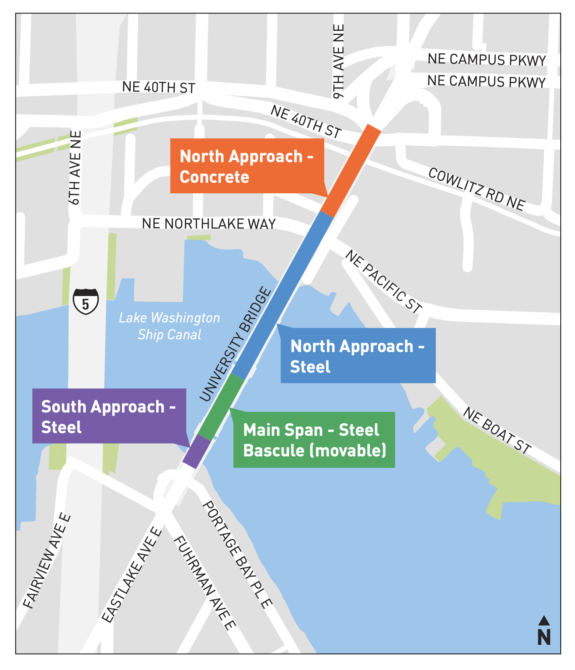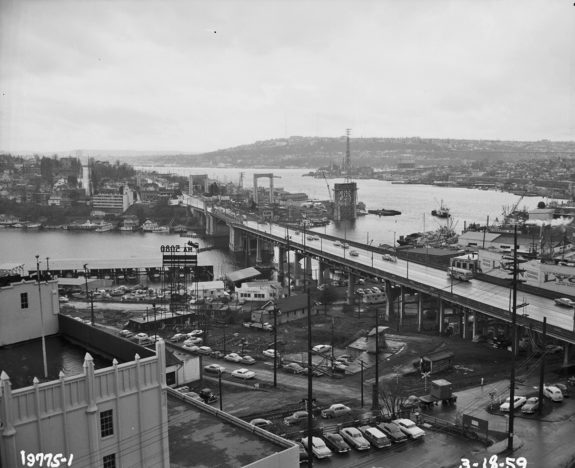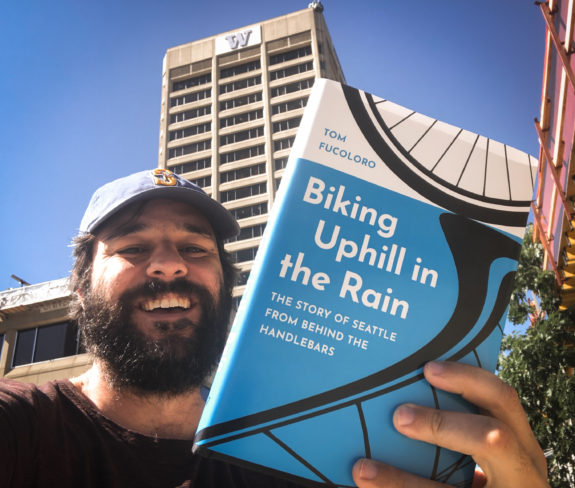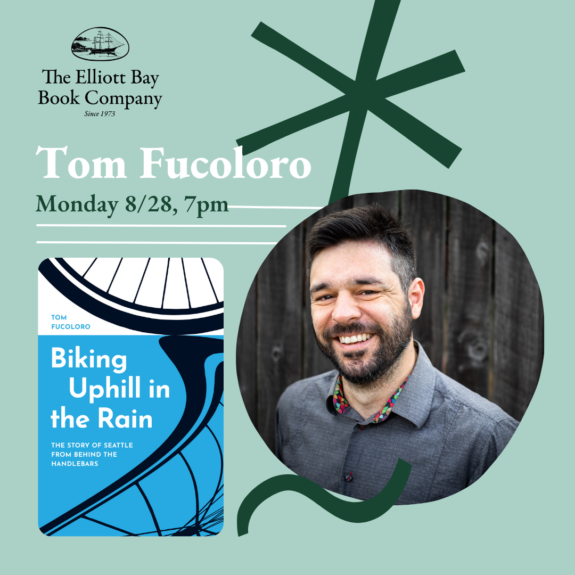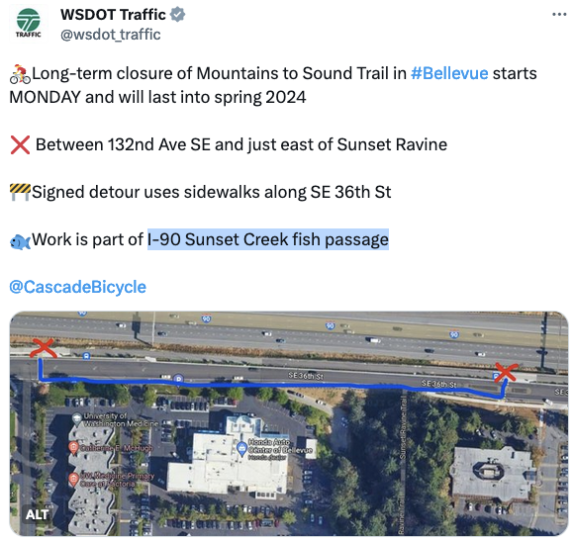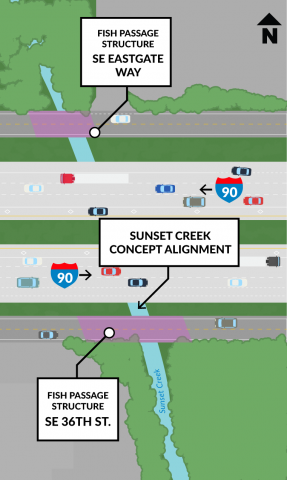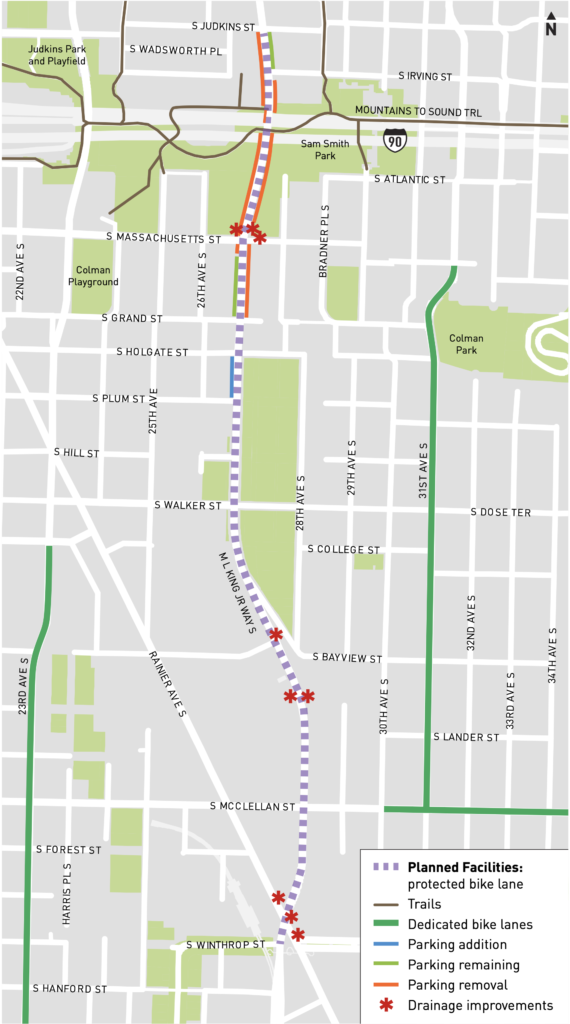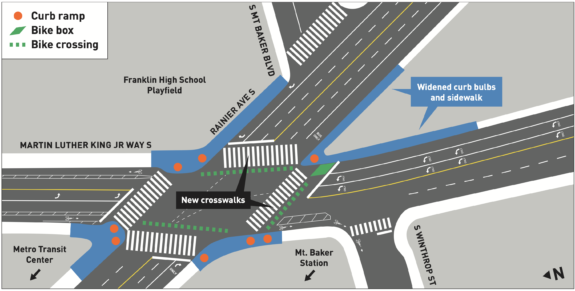Nearly eight years after the Ride the Ducks tragedy on the Aurora Bridge, YouTube channel Brick Immortar recently released a detailed walkthrough of the event, including the history of the vehicles and details from the NTSB investigation’s report. It is tough to revisit the tragedy, but it’s important that we understand as a society how something like this could happen so that we can make sure it doesn’t happen again. It wasn’t just about a cracked axle housing on one vehicle. The axle crack was the result of a company that did not have an appropriate culture of safety, which is why these vehicles were responsible for a completely different kind of mass-death event just a few years later in Branson. If any priority other than safety takes precedent in a transportation operation, this is what can happen.
Thankfully, Ride the Ducks shut down in Seattle back in 2020, and good riddance. They never should have returned to Seattle’s roads and waterways after that horrible day in 2015 when a mechanical failure caused the amphibious vehicle’s driver to lose control and crash into the side of a tour bus filled with international students from North Seattle College. Because of the pointed and elevated front end of the DUKW, it sliced into the side of the bus at the same level as the passenger seats. Five people were killed on the bus and 69 others were injured among all vehicles involved, many very seriously. This single crash was responsible for 25% of all traffic fatalities on Seattle streets that year. September 24 will mark the 8th anniversary of this tragedy.
The legacy of the Seattle tragedy was made even worse when Federal lawmakers and regulators failed to ban these DUKW vehicles across the nation, leading to a 2018 disaster in Branson, Missouri, in which 17 people drowned when one of them sank. The company disregarded a weather report that should have scuttled the floating portion of the tour. They had also installed a canopy over the top of the passenger area, which prevented people from escaping when the vehicle began to sink. Passengers were also not required to wear life vests, and the vests on board were clearly not accessible quickly enough in the event the vehicle took on water. A series of lawsuits on behalf of victims were settled for undisclosed amounts, but the Missouri Attorney General has filed criminal charges against three employees. An effort to pass Federal legislation all but banning DUKW nationwide did not succeed, but negative press and major lawsuits have since closed all Ride the Ducks operations in the US (Boston Duck Tours, which uses different branding but similar vehicles, is still operational somehow).
(more…)
